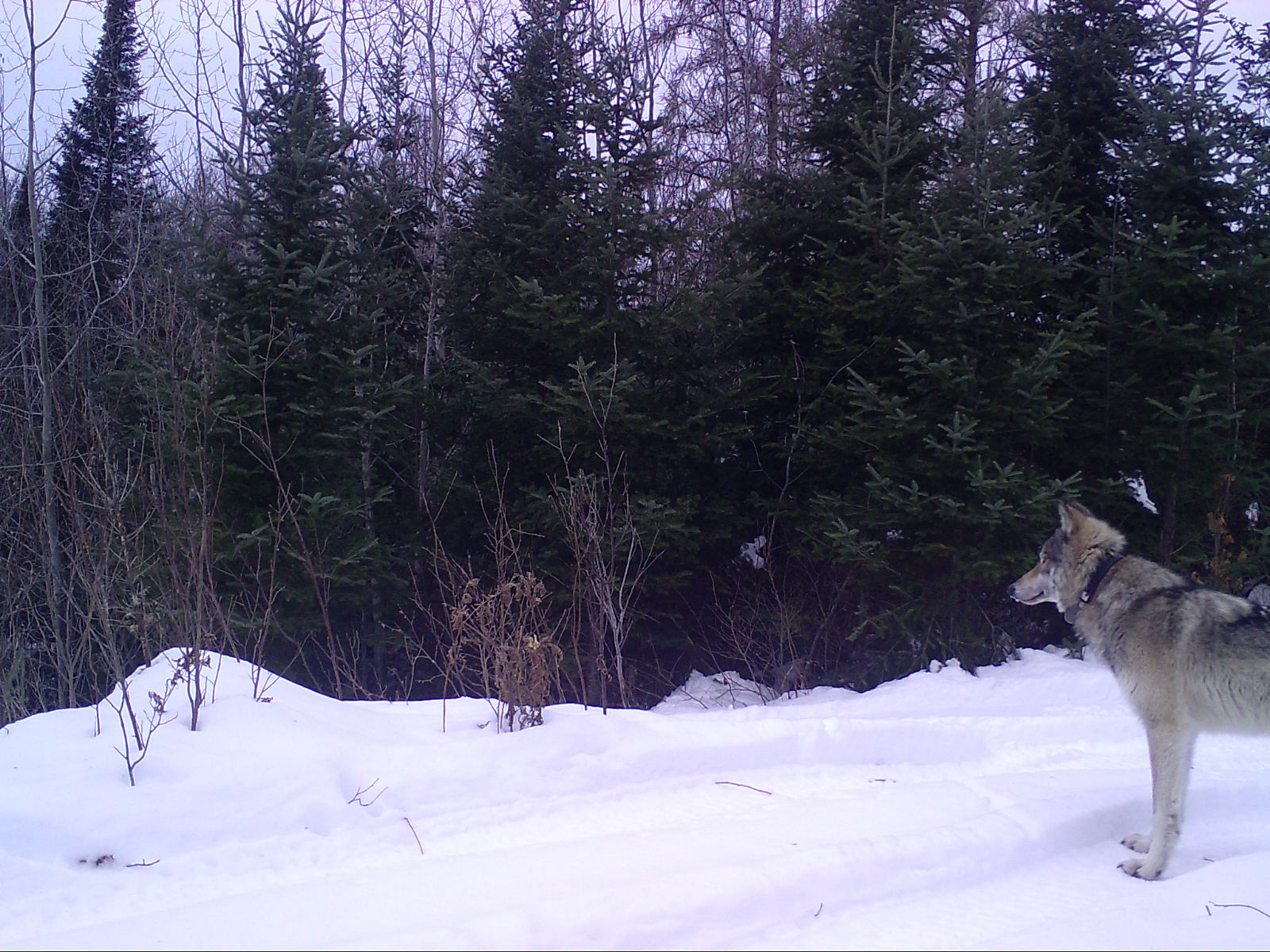Hello Clam Lake!
I should have said, “Hello Winter!” Was it nearly 80 degrees just a week or so ago? Seems impossible to believe, doesn’t it? Friday found us watching snowflakes blowing around as the ground slowly turned white. Saturday we awoke to more white. Along with that, it’s been a very windy week. Mother Nature must have a time line – “oops! Gotta get those leaves off those trees!” And she did for the most part. Mission accomplished, I guess.
COVID TESTING SITE: The Winter Fire Hall will be the site of a new free walk or drive through Covid-19 testing site for symptomatic and asymptomatic people ages 5 and up. Testing will be held Wednesdays from 9:00 am to 1:00 pm starting Wednesday October 21st. It will be on a “first come, first served” basis although one can preregister for a test. With covid on the rise in our area communities please take precautions when out and about to protect yourself and your neighbor. Thank you!
HISTORY MOMENT: From an October 1919 issue of the Glidden Enterprise: “Mrs. H.A. Scotford and children returned Tuesday from Clam Lake to make their home here during the winter months. The summer resorter season has about come to a finish. The past several months have been record breaking ones for all the recreation places of the north and Camp Fire Island was among the successful places.” Howard Scotford would stay out in Clam Lake, for the most part, after his wife and children went into Glidden for the winter – traveling back and forth to see them.
ELK RESEARCH PART TWO: Last month I had an opportunity to speak with Anna Brose who is working on her Masters Degree in Wildlife Biology targeting Elk Habitat Selection as her main focus. This month I spoke with her colleague, Jennifer Merems, who spent the month of June here in Clam Lake with Anna. Jennifer is working on her Doctorate in Wildlife Science with her main field of study being the effects of wolves on the dynamic of the elk population and habitat use in Wisconsin. While here she focused on elk and wolf interaction regarding areas where adequate nutrition was available for elk. Since her and Anna’s work overlap in areas they spent many hours doing vegetation sampling to see what volumes of good nutrition were available to elk and where. The ultimate goal is to make a map of the Chequamegon Forest detailing areas where high quality habitat for elk exists. Their research will aid in that. The question on her mind is whether elk will leave an area that provides good nutrition due to the presence of wolves or will they remain and continue to avail themselves of a good food source regardless of the presence of predators. In other words, how do wolves affect elk behavior regarding habitat selection? This, in itself, could have more of an impact on the success of the species than the actual predation. Although wolves can be a danger to elk they tend to take the easiest prey offered them such as the weak or the elderly. With the abundance of deer and other animals that are much easier prey than an adult elk, if faced with the choice, wolves would more than likely take the deer. Also along to “assist” with the research was Luna, Jennifer’s dog. According to her, the pup thoroughly enjoyed her time in the forest “helping” them with their work. Both Anna, Jennifer and their “assistant” will return next summer to continue their studies. We thank all of them for their efforts working on the research that will make our forest a sustainable place for our gentle giants.
Until next week…..Stay safe!
Pictured is Jennifer Merems working on vegetation sampling this past summer and a photo of a collared wolf as it passed by a Snapshot camera. (Wolf photo courtesy of Chris Frasch.)



